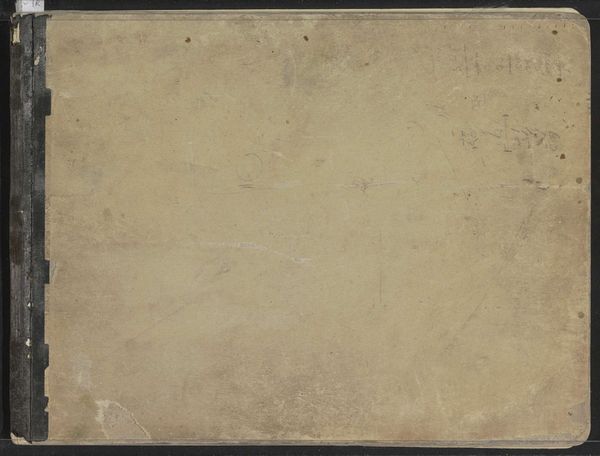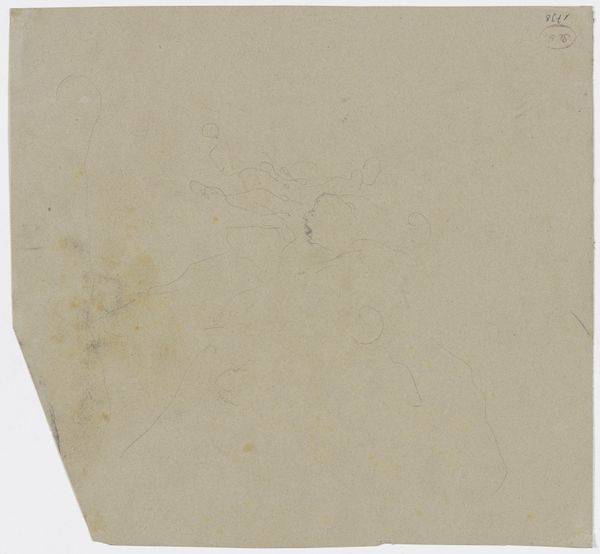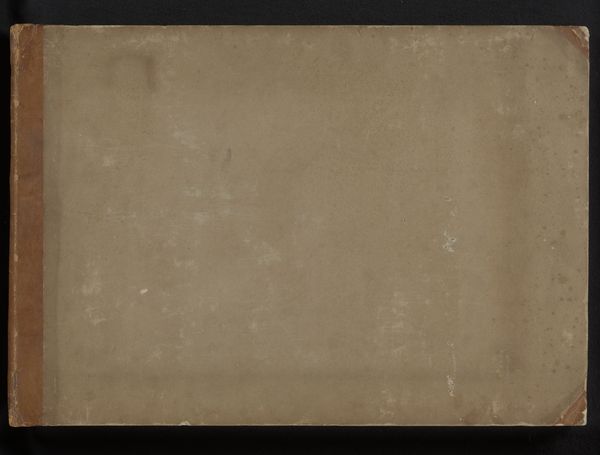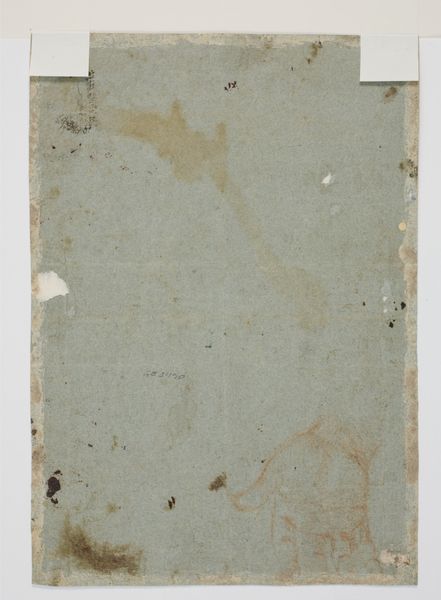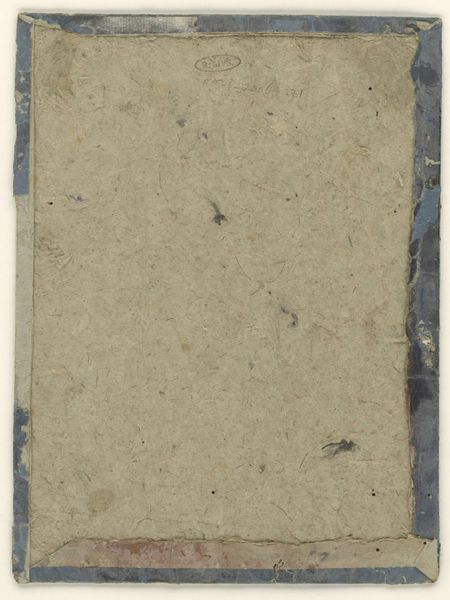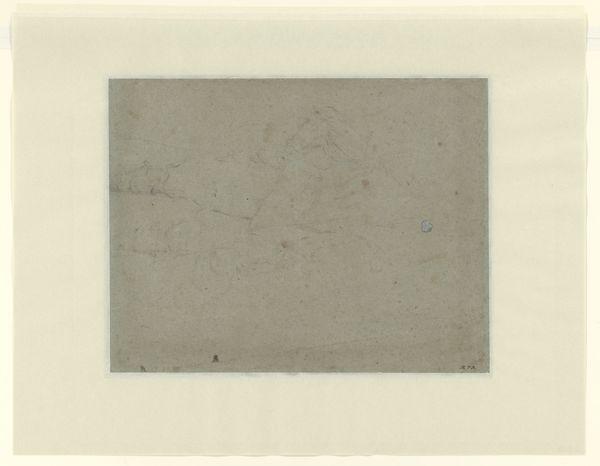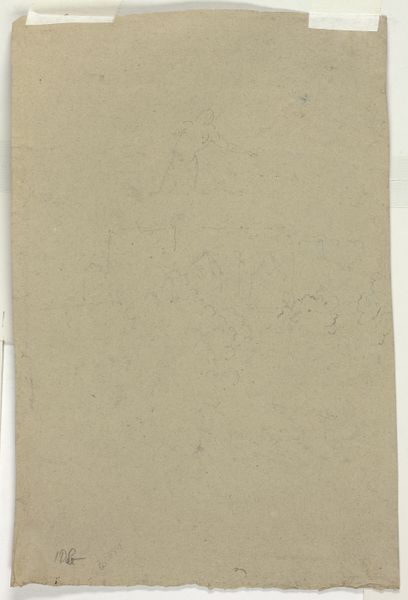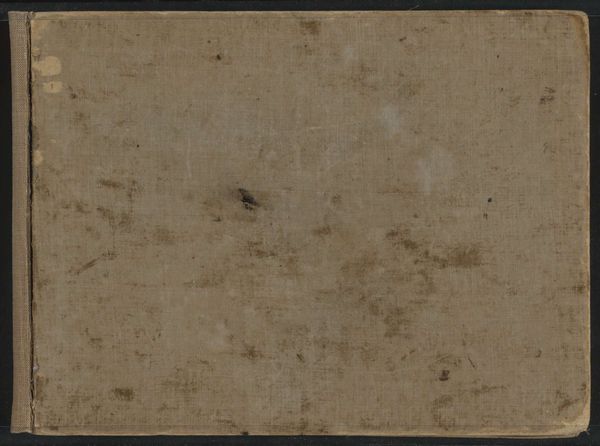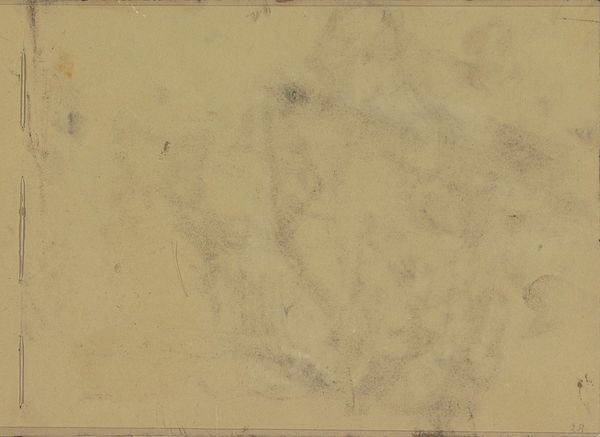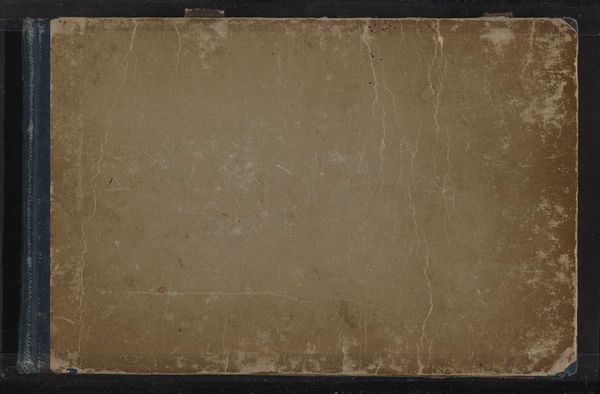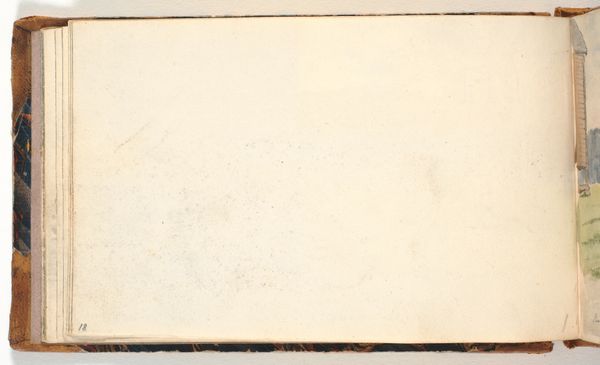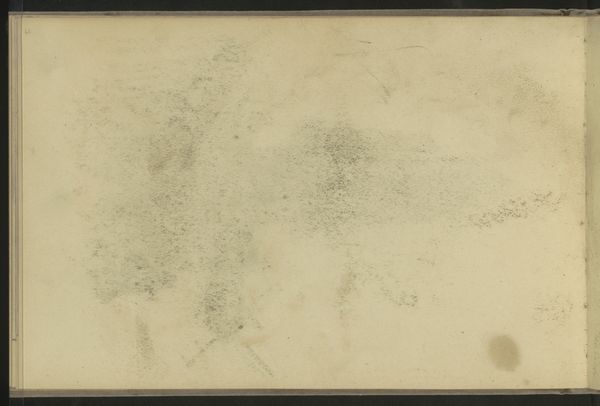
drawing, chalk
#
drawing
#
baroque
#
form
#
chalk
Copyright: Public Domain
Editor: This drawing is titled "Sketch of a Leg" by Gaspare Diziani. It's hard to get a feel for it since it’s just a fragment, but it reminds me of some of the anatomical studies done during the Renaissance. What can you tell me about it? Curator: Indeed. We often look to the Renaissance for a renewed interest in classical forms, but the Baroque, particularly in the hands of someone like Diziani, grapples with the tension between idealized forms and the dynamic realism that life imposes. Notice how the leg isn’t static. There’s a sense of potential energy here. Do you see the implied movement, perhaps a figure caught mid-stride? Editor: I see the contour lines, like little tremors. So, it’s less about perfect form and more about capturing… a fleeting moment? Curator: Precisely. The leg, as a symbol, goes far beyond simple anatomy. It’s about grounding, movement, aspiration. The baroque loved this tension, didn’t it? Think of Bernini's sculptures; the saints caught in ecstasy, reaching. This leg might be reaching for something, too. What does this reaching mean within Baroque sensibility, if that period favoured asymmetry and imbalanced poses? Editor: It’s reaching…for something beyond itself? Some divine connection, maybe? And does the fragmentary nature amplify that yearning? Curator: Yes, the fragment becomes a potent symbol. It isn't whole because the human spirit always seeks completion, always yearns. A leg alone cannot walk. How interesting that what is missing is, precisely, what completes the symbol. This seemingly simple sketch, then, opens up broader questions about the human condition as a state of becoming. Editor: It’s fascinating how a seemingly incomplete drawing speaks volumes about striving and aspiration! I'll never look at sketches the same way. Curator: Yes. And perhaps the beauty lies in what is suggested rather than explicitly stated, inviting the viewer to actively participate in its completion, so to speak.
Comments
No comments
Be the first to comment and join the conversation on the ultimate creative platform.
